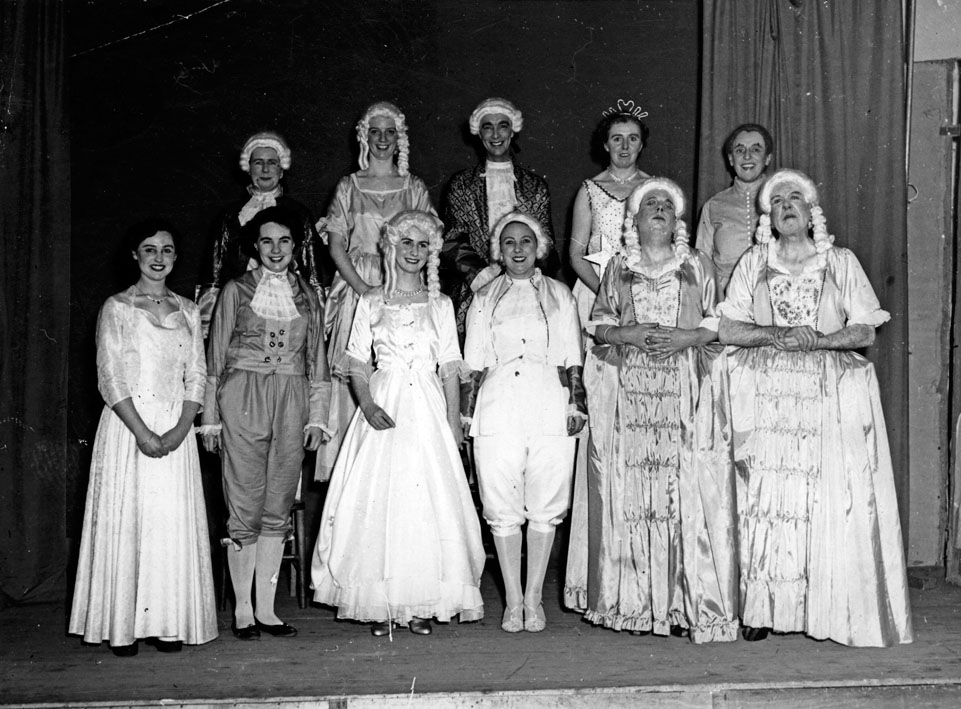
The Pantomime Dame is considered a cornerstone of British theatre culture. Within the history of the theatre, men dressing as women was not considered a comment on sexuality but as a necessity owing to the fact that women weren’t allowed on stage. When women were finally allowed to grace the stage in 1660, the custom of dressing as the opposite gender continued with ‘breeches’ roles where women dressed as men; an aspect that was considered risque in a period where women weren’t even allowed to show their ankles.
Even when women were accepted into the world of theatre, pantomime dames continued as a means of comedic effect and the dame’s obvious masculinity became an essential part of the joke.
What is an interesting juxtaposition is the close alignment of dames and drag. Both pantomime dames and drag performers are male entertainers dressed as a woman – and yet one was accepted by society as far back as the 1600s and the other faced decriminalisation and criminalisation.
It can be argued that the reason pantomime dames were acceptable was that it was a (presumed) heterosexual man acting as a woman with exaggeration for comedic effect; their gender was obvious and therefore not challenged, and they are not celebrating femininity but are ridiculing it. Whereas the art of drag is the exact opposite; it’s playing with gender in a considered and thoughtful way rather than as the butt of a joke.
It is clear that even though the art of cross-dressing is found in both spheres, it is the reasoning behind the act that determines how it is accepted by the audience. Pantomime Dames are known to be men; their gender is not questioned and even though it’s seen as subversive, the duality of traditional gender binaries is not in question. The pantomime dame is also uniquely tied to the stage, where it is acceptable – nay, even encouraged – to play with cultural norms as part of theatre tradition..
Nevertheless the art of cross-dressing is a subversive act that rebels against societal norms and pantomime dames are early evidence for people publicly pushing the boundaries of gender. In Cornwall, Penlee House and Gallery has a fantastic collection of early photography that show the art of the pantomime dame throughout the decades.
Photo copyright Penlee House Gallery & Museum, Penzance / Harry Penhaul Archive
